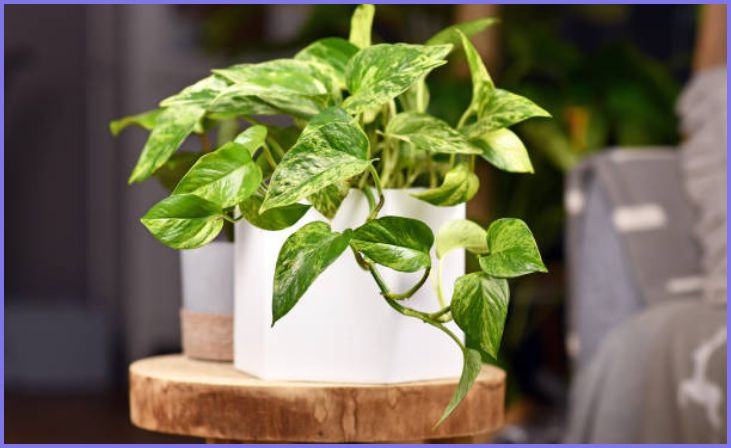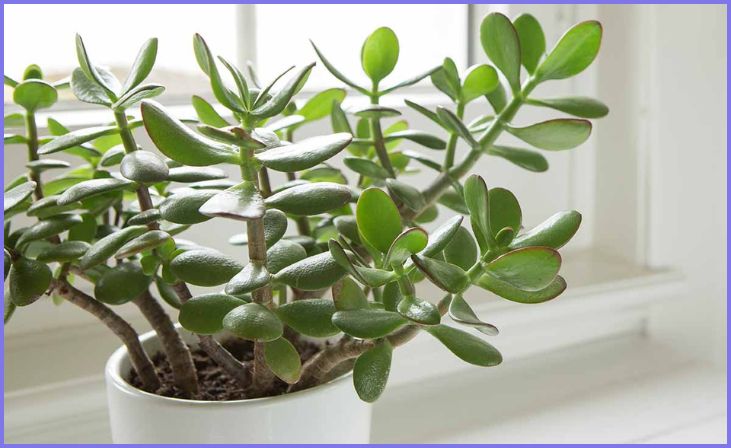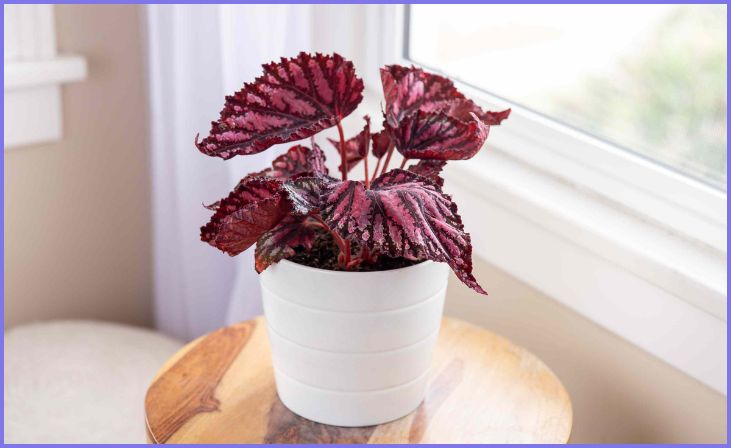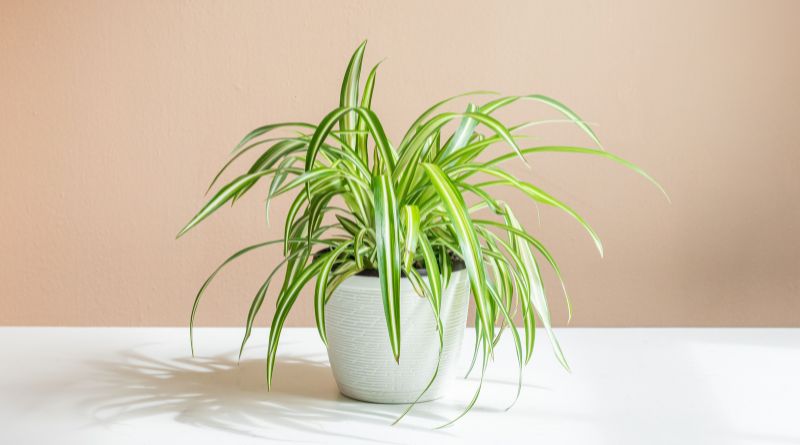Indoor plants not only add aesthetic appeal to your living space but also bring in a breath of fresh air. Growing plants from cuttings is a rewarding and cost-effective way to expand your indoor garden. With the right knowledge and care, many plants can thrive and flourish from a simple cutting. Here, we explore some of the best indoor plants that grow beautifully from cuttings.
1. Pothos (Epipremnum aureum)

Pothos, also known as Devil’s Ivy, is one of the easiest plants to propagate from cuttings. Its vibrant green leaves and trailing vines make it a popular choice for indoor gardeners. To propagate pothos, simply cut a stem below a node (the point where leaves emerge), place it in water, and wait for roots to develop. Once rooted, you can transfer it to a pot with well-draining soil. Pothos thrives in indirect light and only needs occasional watering, making it a low-maintenance addition to any indoor space.
2. Spider Plant (Chlorophytum comosum)
Spider plants are prized for their air-purifying qualities and attractive arching leaves. Propagating spider plants from cuttings is straightforward. Look for offshoots, or “spiderettes,” that dangle from the main plant. These can be snipped off and placed in water until roots appear. Once rooted, transfer them to soil and watch them grow. Spider plants thrive in indirect light and prefer slightly moist soil. With proper care, they produce cascading clusters of baby spider plants, adding a touch of greenery to your home.
3. Snake Plant (Sansevieria trifasciata)
Snake plants are known for their striking vertical leaves, making them a popular choice for modern interiors. Propagating snake plants from cuttings is simple and requires minimal effort. Cut a leaf into sections, ensuring each section has a few inches of length. Plant these sections in a well-draining soil mix and place them in indirect light. Snake plants are hardy and can tolerate low light conditions, making them perfect for beginners or those with less-than-ideal light situations.
4. Jade Plant (Crassula ovata)

Jade plants are succulents with thick, fleshy leaves that store water, making them drought-tolerant and easy to care for. Propagating jade plants from cuttings is a breeze. Simply cut a healthy stem and let it dry for a day or two to allow the cut end to callous. Once calloused, plant the cutting in a well-draining succulent mix. Jade plants thrive in bright, indirect light and should be watered sparingly to prevent root rot. With time, your cutting will develop roots and grow into a beautiful, sturdy plant.
5. African Violet (Saintpaulia)
African violets are beloved for their colorful, delicate flowers that bloom throughout the year. Propagating African violets from leaf cuttings is a popular method among enthusiasts. To do this, carefully remove a healthy leaf from the plant, ensuring it has a stem attached. Dip the stem into rooting hormone powder and plant it in a moist, well-draining potting mix. Cover the pot with a plastic bag to create a mini greenhouse effect, which helps retain moisture. African violets prefer bright, indirect light and consistently moist soil.
6. ZZ Plant (Zamioculcas zamiifolia)
The ZZ plant is a hardy, low-maintenance plant with glossy, dark green leaves that add a touch of elegance to any room. Propagating ZZ plants from leaf cuttings is straightforward. Simply cut a healthy leaf into sections, ensuring each section has a piece of the rhizome (the thick, underground stem). Plant these sections in a well-draining soil mix and place them in indirect light. ZZ plants are drought-tolerant and can thrive in low light conditions, making them perfect for busy plant enthusiasts.
7. Begonia (Begonia spp.)

Begonias are prized for their colorful, often variegated leaves and delicate flowers. Propagating begonias from stem cuttings is a reliable way to expand your collection. Cut a healthy stem just below a node and remove any lower leaves. Dip the cut end into rooting hormone powder and plant it in a moist, well-draining potting mix. Keep the cutting in a warm, humid environment with indirect light. Begonias appreciate consistent moisture, so be sure to water regularly. With proper care, your cutting will develop roots and grow into a stunning begonia plant.
Conclusion
Growing indoor plants from cuttings is a gratifying experience that allows you to expand your green space without breaking the bank. Whether you’re a seasoned gardener or just starting, these plants are excellent choices for propagation. Remember to provide the right amount of light, water, and care, and soon you’ll be rewarded with lush, thriving plants that enhance the beauty of your indoor environment. Happy propagating!







